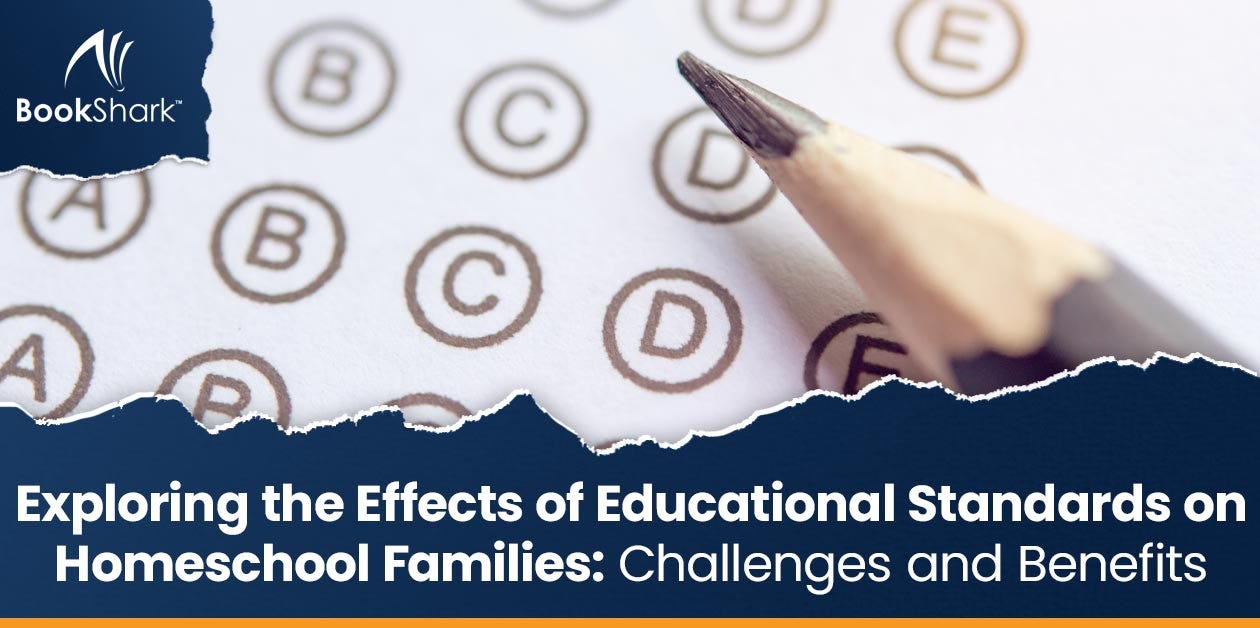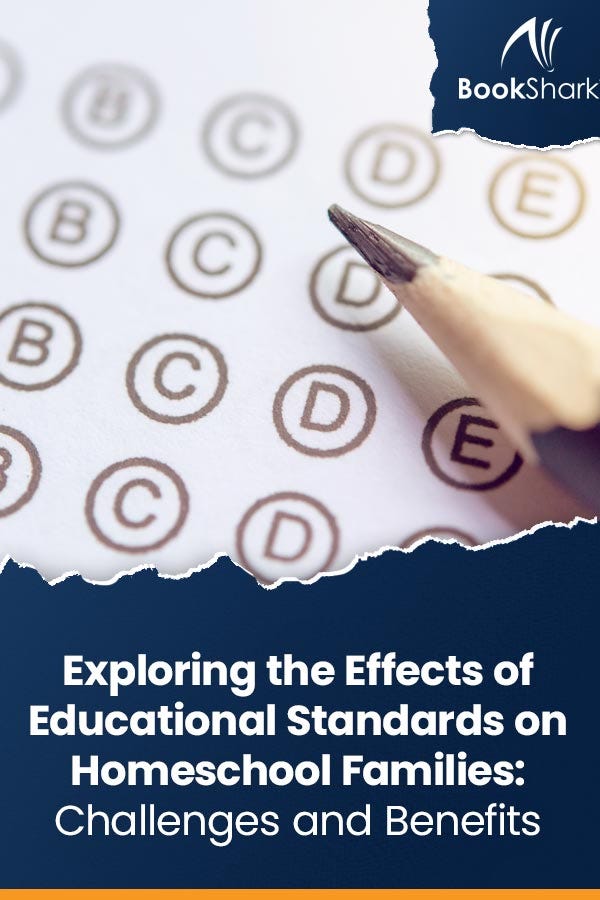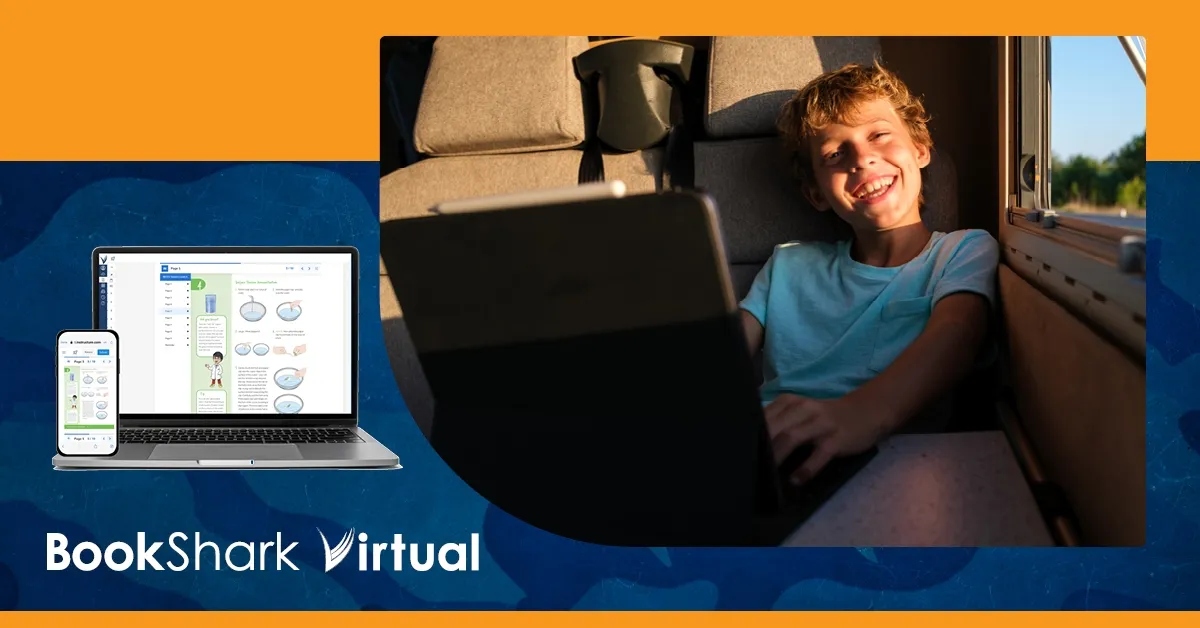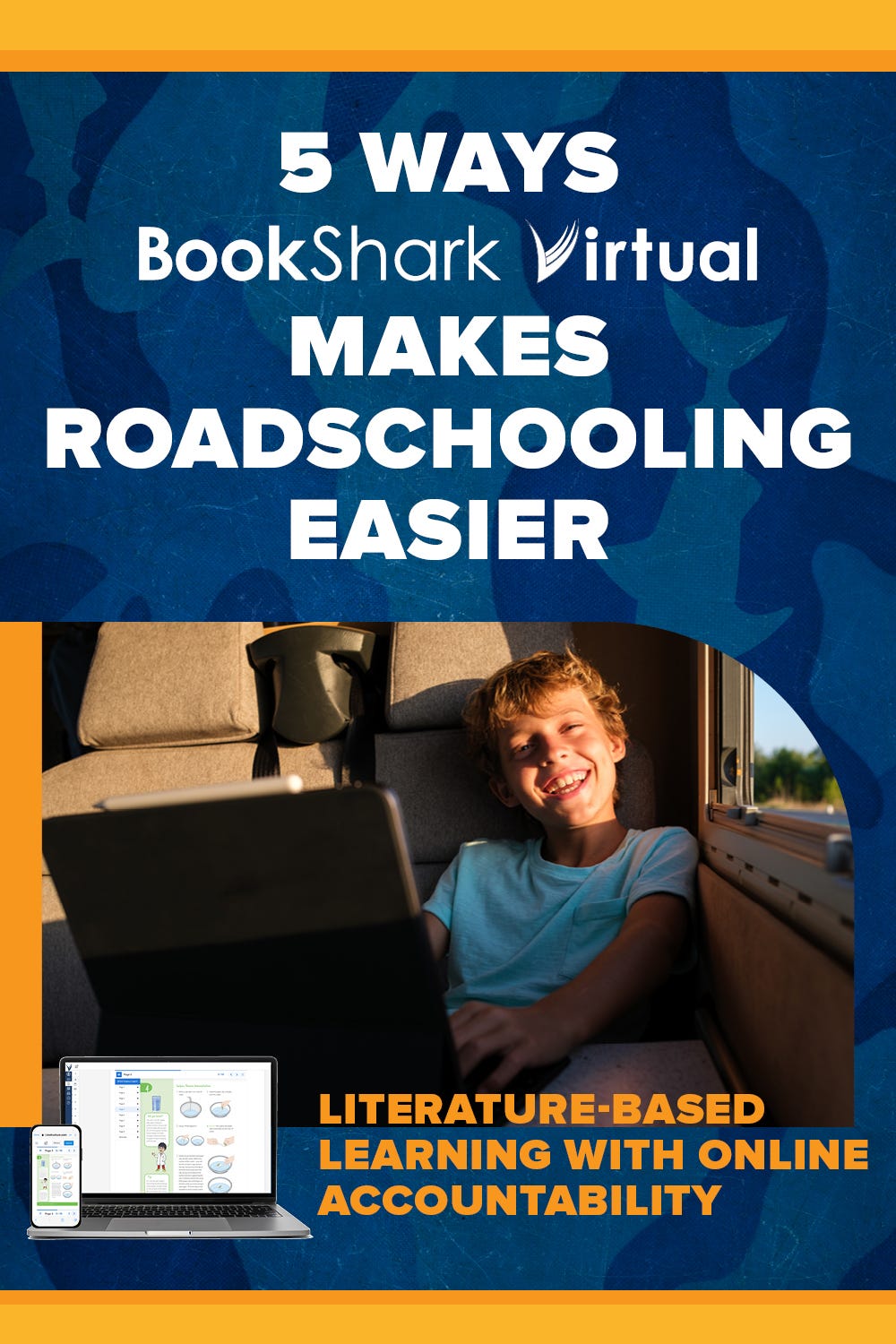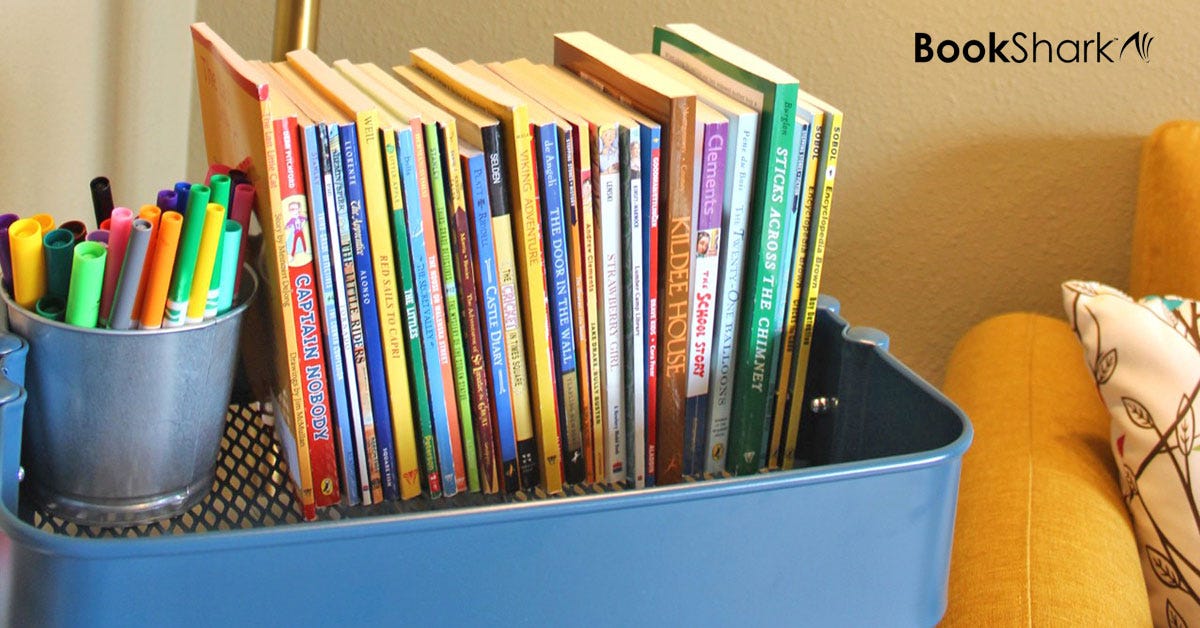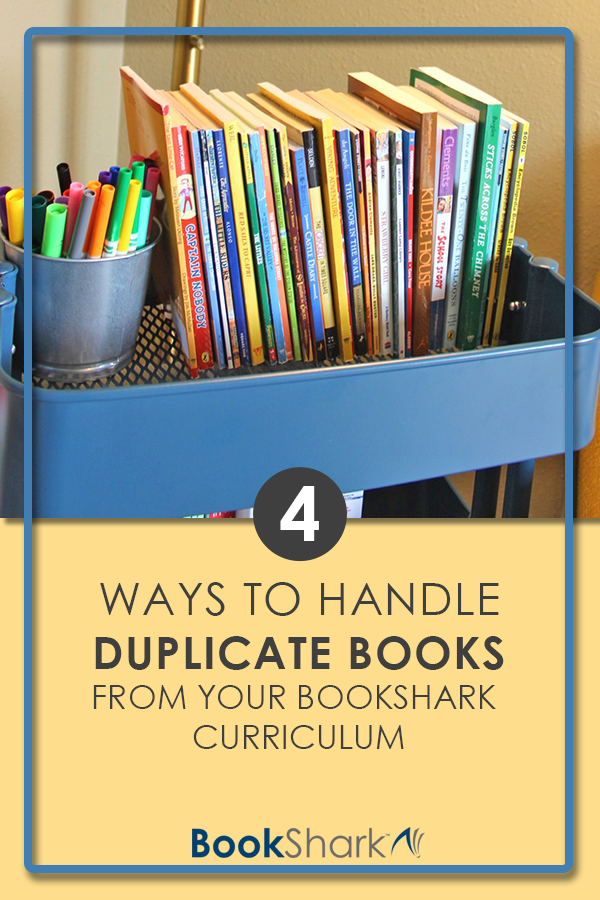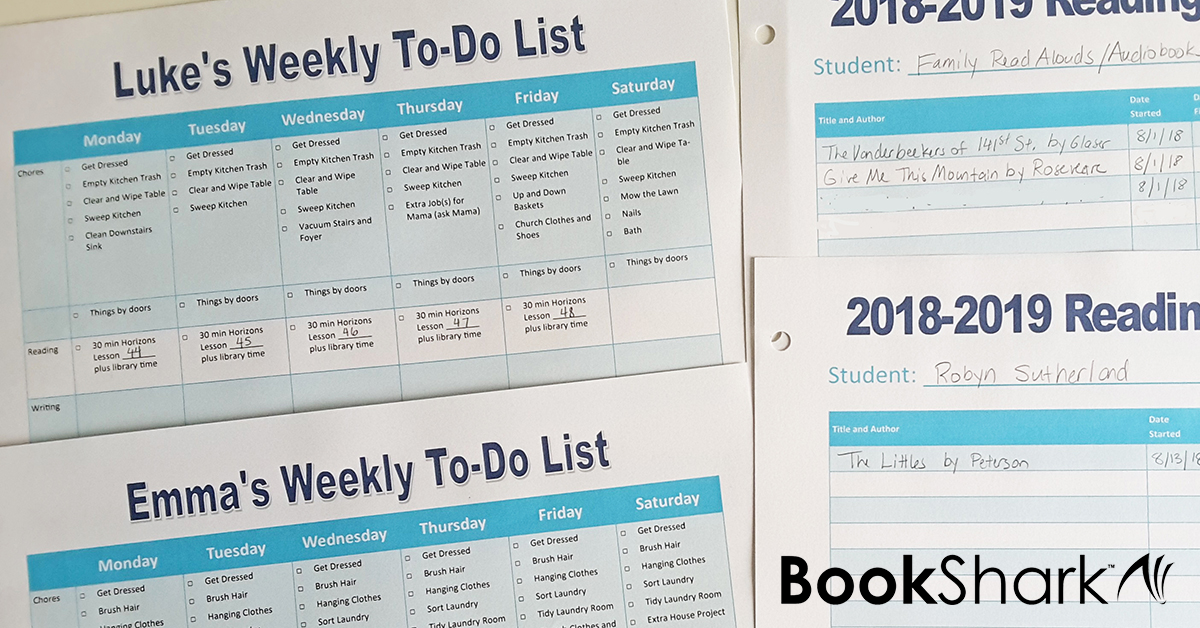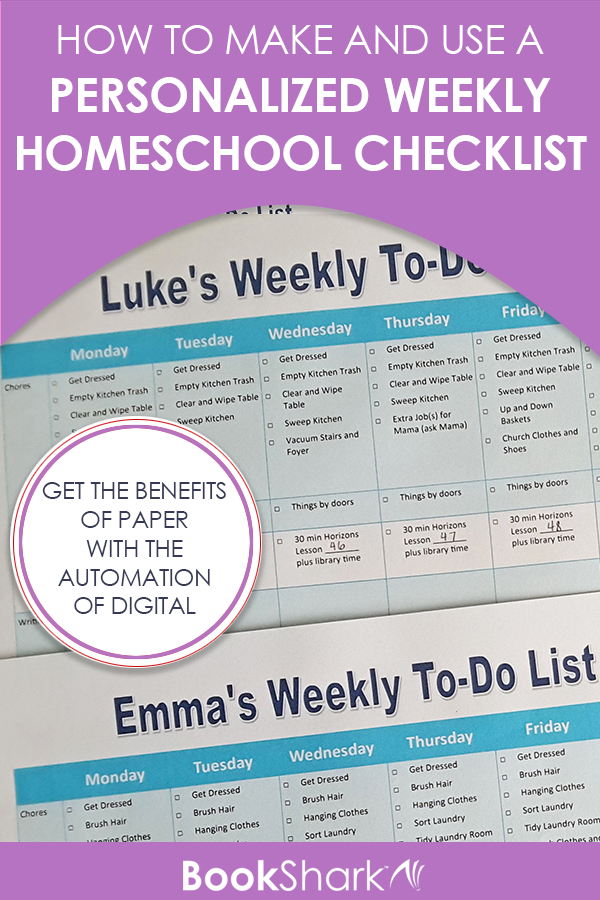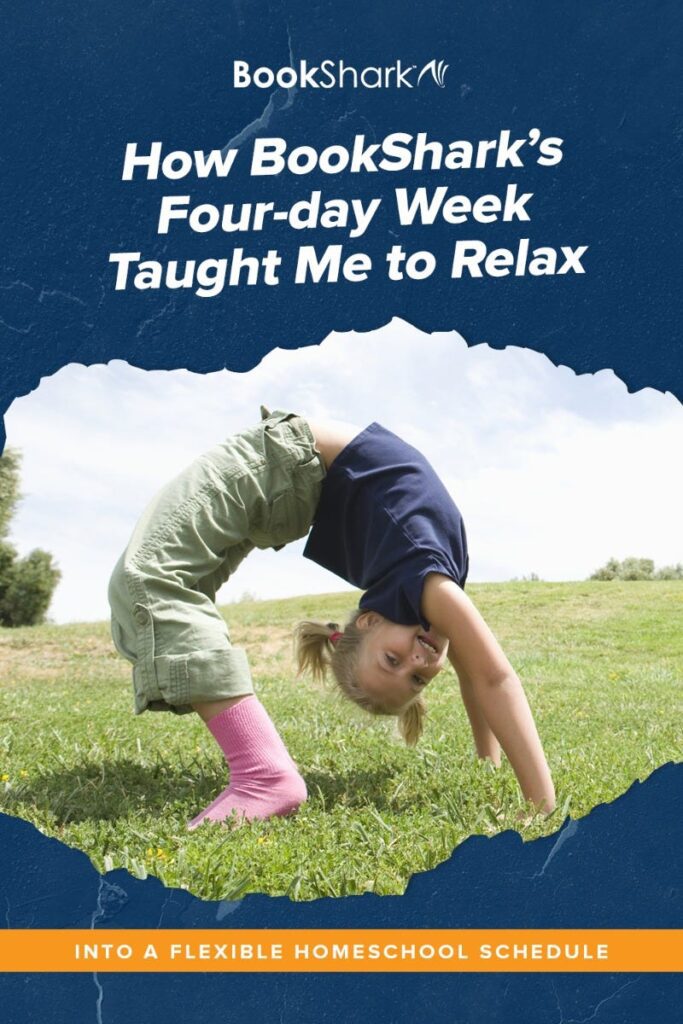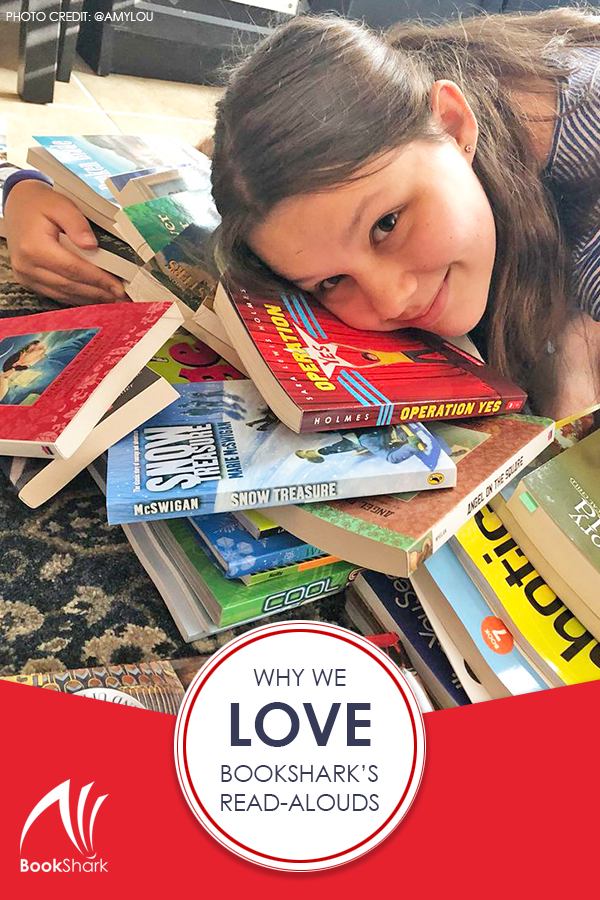To celebrate going back to school one year, my mom sewed the prettiest pink and purple, paisley bell-bottom pants for me. Because my mom didn’t know bell-bottoms had been out of style for a few years, I was called names and made fun at school that first day back to class. On the outside, I expressed anger and wanted to punch the bullies in the mouth, but on the inside I was crushed.
When I think about the time and love my mom put into those pants (which we never wore again), I get emotional, yet I’m also grateful that I didn’t resort to fist fighting and that the teasing never went beyond a single occurrence related to the funky pants.
What is Bullying?
As a parent, I’ve wrestled with the definition of bullying as I teach my sons the difference between a personality conflict and abuse. The difference is not always obvious to a child or even to an adult, yet understanding the definition of bullying empowers a victim to take a stand if necessary.
It’s almost impossible to cover every warning sign of a bully, but one simple definition of bullying is intentionally hurting another person or deliberate aggression. As we all know, that definition is still too broad. Other telltale signs of a bullying situation are as follows:
- continual physical acts and/or verbal abuse over a period of time
- (on the part of the person being bullied) stressing over not only what just happened but also what may happen in the future
- the stronger dominating the weaker
Homeschooling as a Reaction to Bullying
Bullying immediately brings out that maternal feeling to shield her child from harm. Parents want to do something, and they may consider a huge change—even leaving public school to homeschool.
So is homeschooling a viable option when a child is facing bullying at school? I say yes! It is a parent’s natural (and good) instinct to shelter her child. If a child is unable to protect himself, it falls to the parents to do so for him.
Is homeschooling the easy way out as some critics may say? Should kids be forced to work out their problems on their own, grow a tough hide, learn how to ignore caustic remarks, and fight back when physically confronted?
Does homeschooling turn our kids into socially inept sissies who can’t handle the pressures of normal childhood squabbles?

No way.
I homeschooled my boys, and they still learned how to get along with their peers and constructively face relationship problems. My children are now reaching adulthood, and they’re confident, secure, and capable of making decisions that go against the crowd. This didn’t happen because I sent them to public school to duke it out with mean girls or bullies.
Is Your Child a Victim of Physical or Verbal Bullying?
When I worked in a lawyer’s office handling divorces, I saw many cases of abuse, and it never got easier to observe. I remember key advice social workers would give an abused spouse—You can never change the person you’re living with. The message was that a victim of abuse has two choices: leave the abuser or live with the abuse.
When an abused spouse choses to leave, nobody thinks that she is not facing up to real-life problems or trying to escape the real world! In another example, no one thinks poorly of the employee who stands up in the face of workplace bullying to exert his legal right to a safe work environment free from prejudice and abuse.
Quite the contrary. We applaud victims of abuse when they take a stand to escape a toxic relationship or to assert their rights.
Bullying is a type of abuse that we don’t tolerate when it happens to adults. Why should a child be forced to stay in an abusive situation that is destroying his sense of safety and confidence? Living in such a fearful situation is no way to build character in a child.
So, yes, homeschooling is a viable fix for bullying (not an easy fix as homeschooling is a big responsibility and sometimes sacrifice). But homeschooling is good for so much more than merely pulling your children out of a toxic environment of bullying.
Here are additional ways homeschooling benefits your child socially:
- When a child studies what interests him and manages his time to do so, he grows in to self-confidence.
- When a child is focused on his own learning and interacting with others who care for him instead of forced to fend for himself in a doglike pack hierarchy, he can learn true life skills.
- A child can flourish with social skills when he is involved in public speaking in a co-op setting and focuses on rigorous academics.
- A warm and loving home is the best place for a child to learn how to build character. School, after all, is an artificial, institutional environment.
- There are many team building opportunities in homeschooling like 4-H, football, basketball, and volleyball where a child can learn to work out personality conflicts with others.
- A child has the right to learn in a stress-free environment, supported by adults who love and protect him.
When I was a student in my paisley bell-bottom pants, homeschooling was not a well-known option to escape bullying at school. Fortunately, what I faced was a one-time episode of teasing and not full blown bullying. So my parents didn’t have the tough decision of handling a toxic learning environment. If you are considering homeschooling because of persistent bullying, don’t listen to the people who accuse you of being too protective or being a helicopter parent. Trust your parental instincts to protect, and know that homeschooling will provide a wealth of positive emotional and social benefits far beyond merely escaping a negative public school environment where bullying is rampant.

About the Author
Tina Robertson celebrated the graduation of Mr. Senior in 2013 and Mr. Awesome in 2015. Because of her love for new homeschoolers, she mentors moms through her unique program called New Bee Homeschoolers. She loves all homeschoolers, though, as she shares her free 7 Step Curriculum Planner, unit studies, lapbooks and homeschooling how tos. She can’t sing, dance, or craft, but she counts organizing as a hobby. She is still in the homeschool trenches blogging at Tina’s Dynamic Homeschool Plus.


